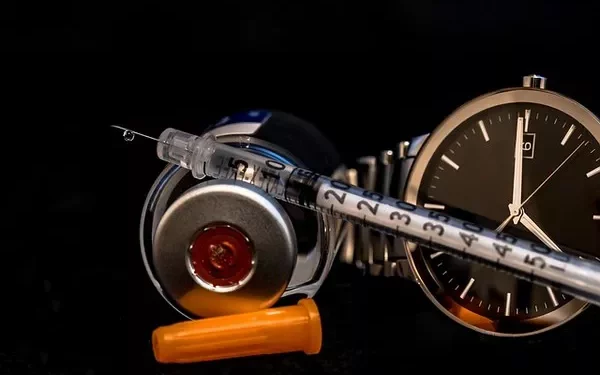A series of case reports presented at the Annual Meeting of The European Association for the Study of Diabetes (EASD) in Madrid and published in Diabetologia highlight how advanced automated insulin delivery (AID) technology has significantly improved blood sugar management in marathon runners with type 1 diabetes (T1D).
Key Developments
The AID system, featuring an advanced hybrid closed-loop algorithm, automates insulin delivery every five minutes based on real-time glucose monitoring. This technology allows for both basal and correction boluses, which helps in maintaining glucose levels within target ranges during strenuous activities like marathon running.
Dr. Maria Onetto from Pontificia Universidad Católica Chile, Santiago, Chile, who led the study, noted that these technological advancements are transforming the lives of people with diabetes, enabling safer and more active lifestyles.
Case Reports
1. 50-Year-Old Marathoner in Tokyo
A 50-year-old man with 22 years of T1D experience ran the Tokyo Marathon in March 2023 in 3 hours and 34 minutes. Prior to the race, his glucose metrics were well-controlled: 89% time in range (TIR 70–180 mg/dL), 9% time above range (TAR>180 mg/dL), and 1% time below range (TBR<70 mg/dL).
On race day, he adjusted his insulin doses to prevent hypoglycemia, consuming glucose gels at a rate of 0.39 g/kg/hour. He maintained excellent glycemic control throughout the race, spending 96% of the time within the target range and achieving an average blood glucose of 107 mg/dL.
2. 40-Year-Old Marathoner in Santiago
A 40-year-old man with 4 years of T1D completed the Santiago Marathon in May 2023 in 4 hours and 56 minutes. His pre-race glucose metrics included 76% TIR, 9% TAR, and 3% TBR.
He chose not to lower his breakfast insulin dose but reduced the insulin for his pre-race snack by 100%. During the marathon, he consumed glucose gels at 0.42 g/kg/hour and achieved 100% time in range with an average blood glucose of 110 mg/dL.
3. 34-Year-Old Marathoner in Paris
A 34-year-old woman with 27 years of T1D ran the Paris Marathon in April 2023 in 3 hours and 56 minutes. Her pre-race metrics showed 83% TIR, 15% TAR, and 1% TBR.
She did not reduce her breakfast insulin dose but cut her pre-race snack insulin dose by 83%. Despite consuming glucose gels at a rate of 0.5 g/kg/hour, she spent most of the race above the target range with an average blood glucose of 271 mg/dL. The likely reasons for her hyperglycemia included overconsumption of carbohydrates and a failure to deactivate the temporary sensor glucose target, which prevented auto-correction boluses.
Implications and Future Directions
These case reports demonstrate the potential of AID systems to significantly enhance blood glucose management during intense physical activity. However, they also highlight the need for personalized strategies and specialized education for athletes with T1D. Dr. Onetto emphasized that proper planning and individualized approaches are essential for optimizing the benefits of automated insulin delivery technology, paving the way for more active and healthier lives for people with diabetes.
Related topics:
Reduced Heart Rate Variability Doubles Mortality Risk in Diabetic Patients
Study Reveals Steroid Use Doubles Diabetes Risk
Night Owls Face 46% Higher Risk of Developing Diabetes, New Study Finds

























